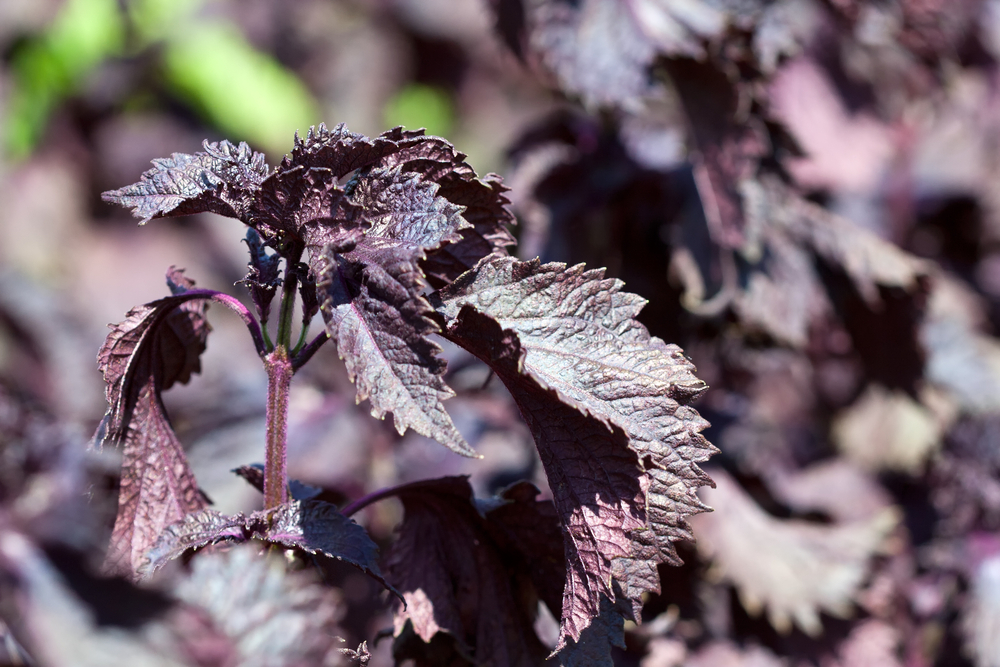Why Are Some Plants Purple?

Most of the plants you see on a daily basis are green, but every so often you might happen upon the odd purple-leafed tree or shrub. Why do some plants have these purple parts?
The answer lies with another "P" word: pigment. Green plants contain a lot of the pigment chlorophyll. Because chlorophyll molecules are very good at soaking up blue and red light — but not so good at absorbing green light — plants containing a lot of chlorophyll appear green to the human eye.
Pigment is also behind a purple plant's vivid coloring. Plants that appear purple, blue or red contain a higher concentration of anthocyanin than chlorophyll. Anthocyanin is a pigment adept at absorbing green light, but less skilled at absorbing red, blue or purple light. [Early Earth Was Purple, Study Suggests]
Scientists believe that the purple leaves on some plants — like Persian shield, oyster plant and ornamental cabbage — may act as a natural "sunscreen," protecting the cells of the plant from too much light. Plants that experience too much sunlight can suffer from photoinhibition, a reduction in the plant's ability to carry out photosynthesis.
And because high levels of anthocyanin often appear together with high concentrations of poisonous phenols, it's possible that the purple leaves of some plants help ward off hungry herbivores.
Follow Elizabeth Palermo on Twitter @techEpalermo or on Google+. Follow LiveScience @livescience. We're also on Facebook& Google+.
Sign up for the Live Science daily newsletter now
Get the world’s most fascinating discoveries delivered straight to your inbox.

Elizabeth is a former Live Science associate editor and current director of audience development at the Chamber of Commerce. She graduated with a bachelor of arts degree from George Washington University. Elizabeth has traveled throughout the Americas, studying political systems and indigenous cultures and teaching English to students of all ages.









